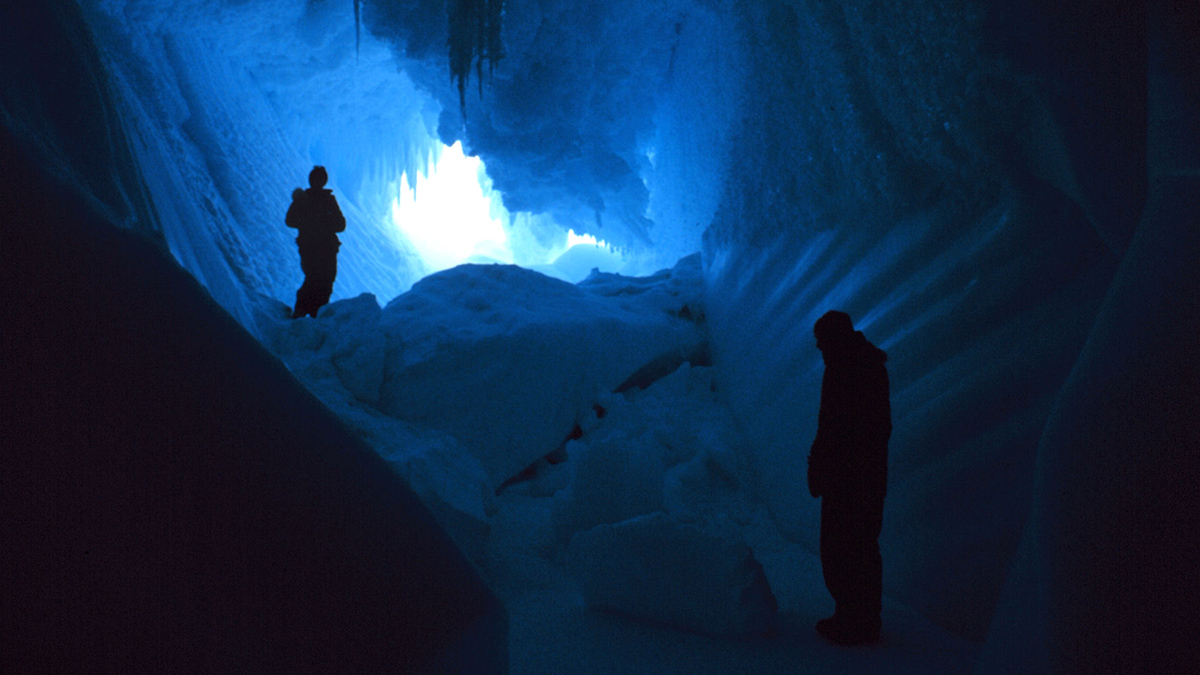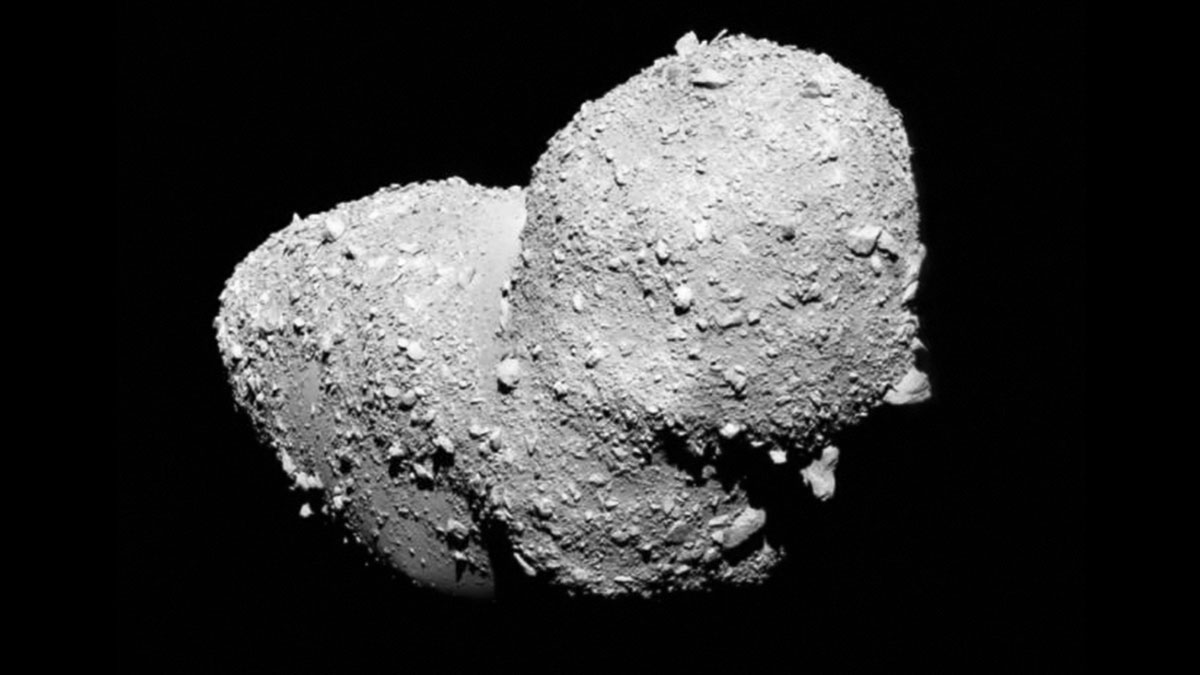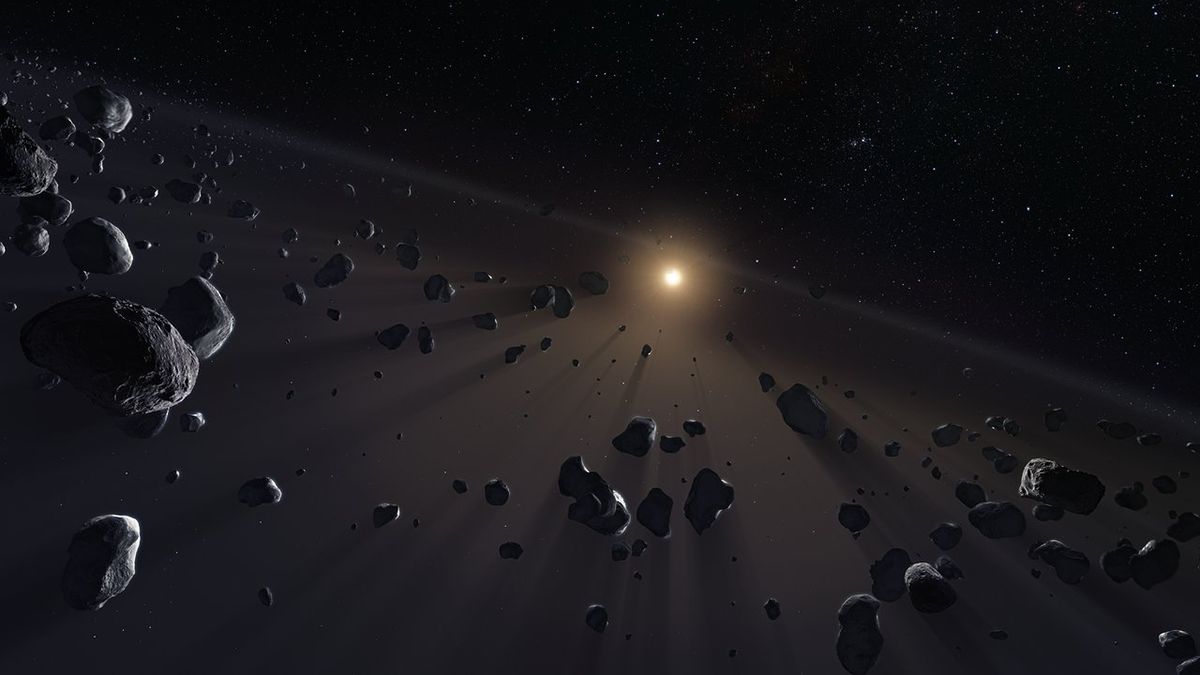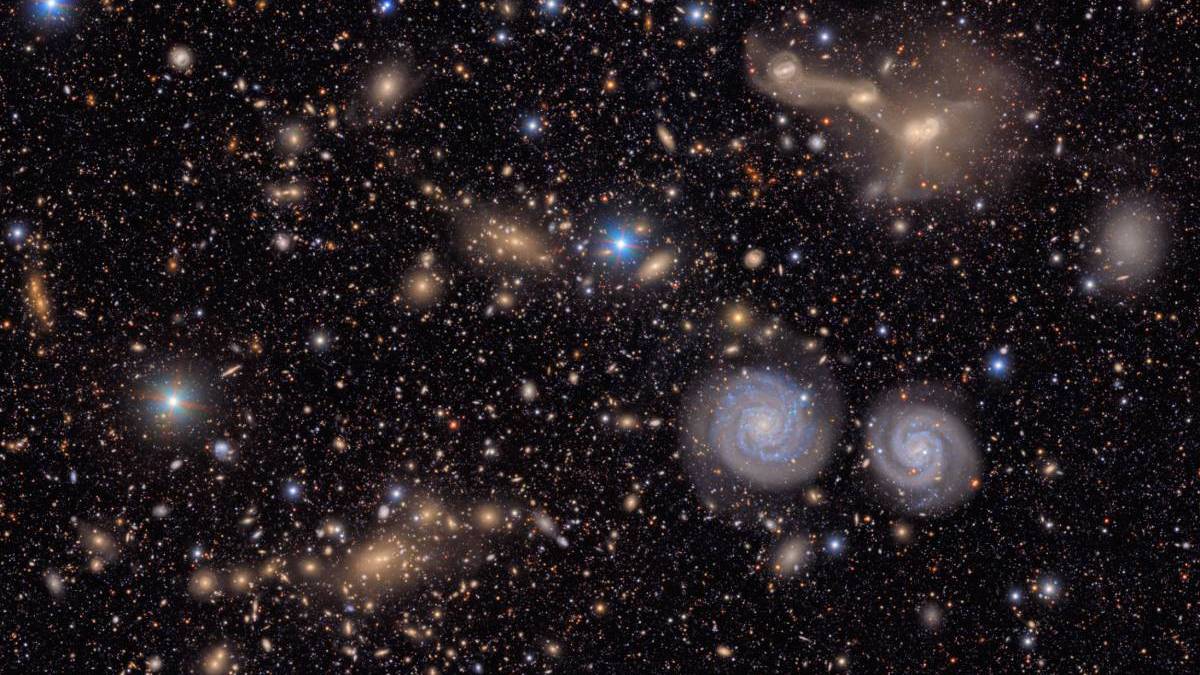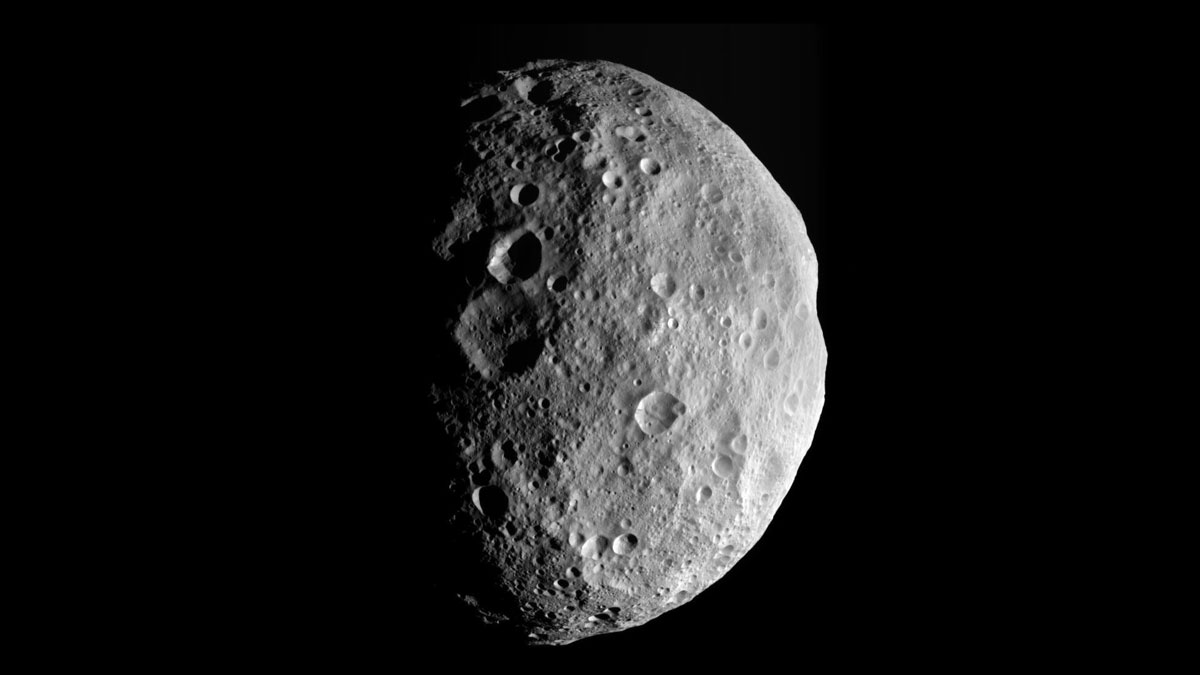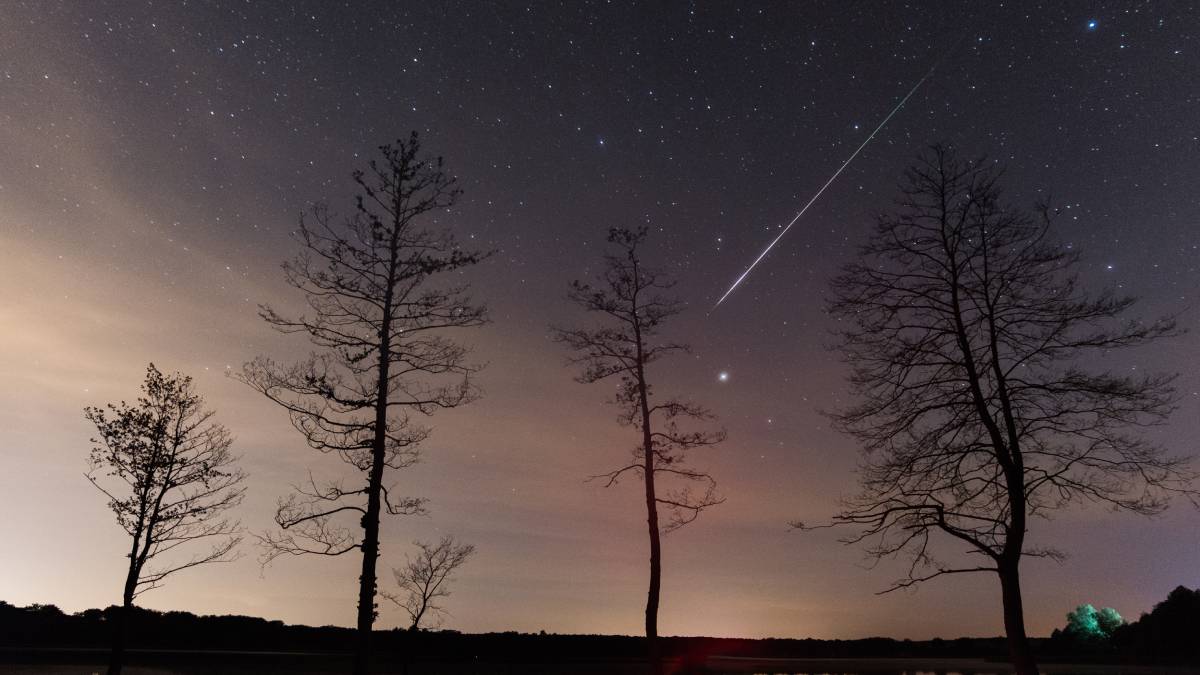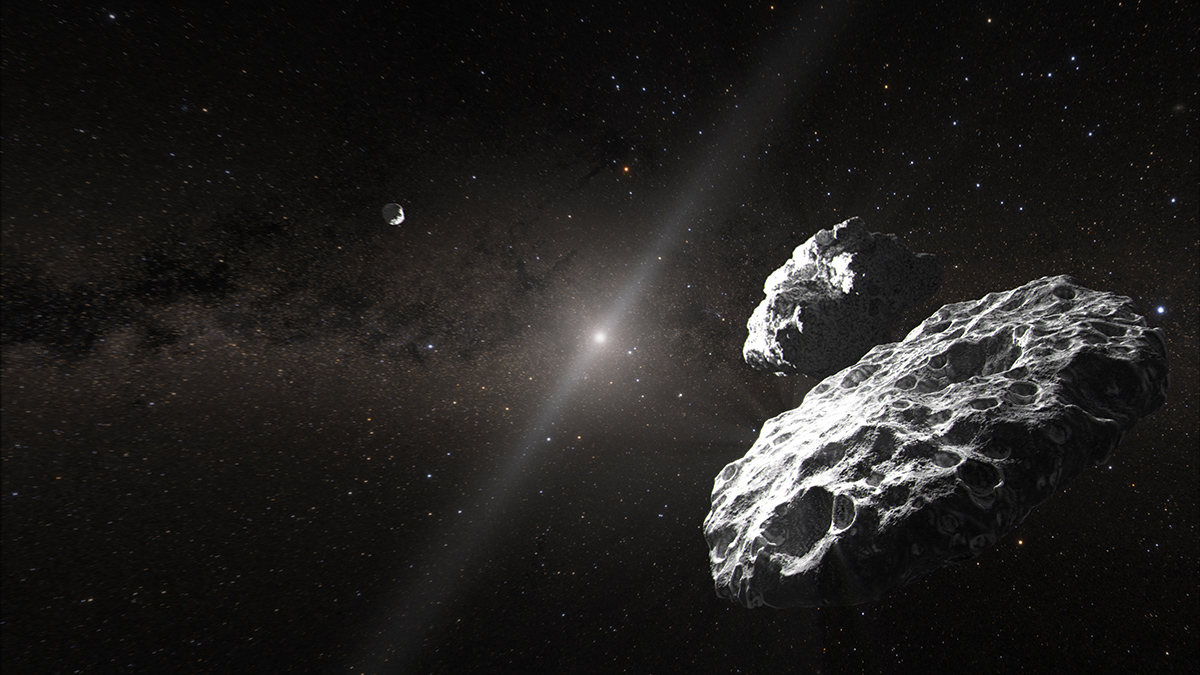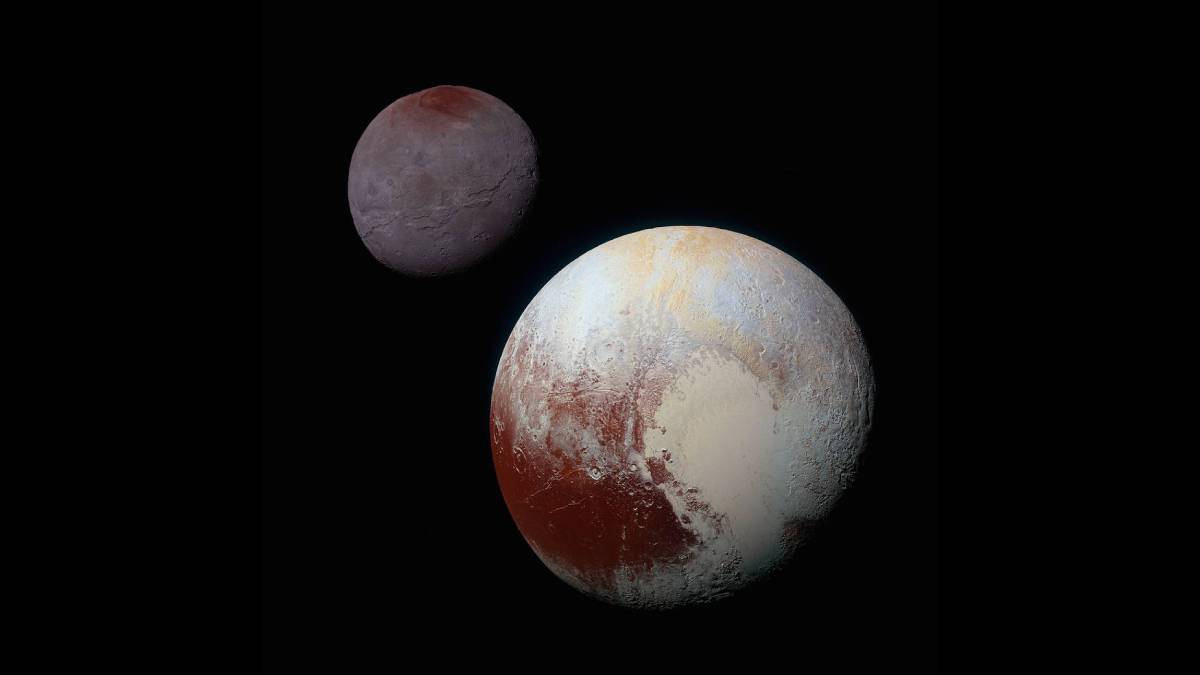Models suggest that clear ice, sourced and distilled on Mars, could offer a feasible alternative for building stable off-world structures.
solar system
What Tumbling Asteroids Tell Us About Their Innards
Data from the Gaia space observatory reveal that many slowly spinning asteroids rotate chaotically. A new theory links that chaos to their inner structure and history.
A Survey of the Kuiper Belt Hints at an Unseen Planet
An analysis of more than 150 objects in the far reaches of the solar system suggests that a planet more massive than Mercury could be lurking beyond the orbit of Pluto.
Rubin Observatory Stuns and Awes With Sprawling First Look Images
Wow. Just wow.
The Late, Great Gaia Helps Reveal Asteroid Masses
Astronomers are using data from the recently decommissioned star-mapping satellite to help determine masses and more accurate orbits of celestial bodies closer to home.
A Geologic Map of the Asteroid Belt
Scientists leveraged a global camera network and doorbell cameras to track dozens of meteorites to their asteroid families.
Distant Icy Twins Might Actually Be Triplets
The trans-Neptunian object Altjira, 44 times farther from the Sun than Earth is, could be the second known trinary, confirming a theory about the formation of our solar system.
NASA Science Faces an “Extinction-Level Event” with Trump Draft Budget Proposal
The initial draft of President Donald Trump’s budget request proposes devastating cuts to NASA’s science research, future space missions, and field centers.
Pluto Captured Charon with a Kiss
A newly understood collision mechanism could explain some peculiarities of Pluto and its moons.
Life’s Building Blocks Found in Bennu Samples
The discovery of amino acids, abundant ammonia, and the bases of DNA and RNA on asteroid Bennu suggest that materials essential to life might be widespread throughout the solar system.

